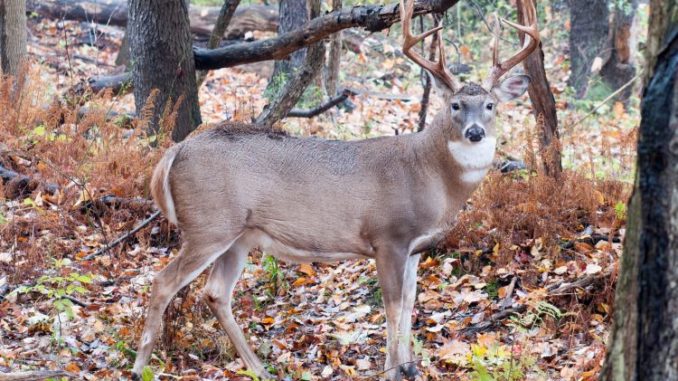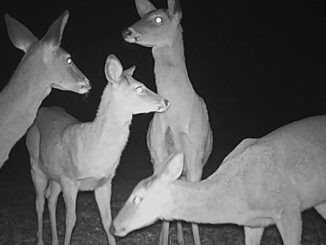
Agency says products could contain CWD, have been banned in seven states
As hunting season approaches, the Louisiana Department of Wildlife and Fisheries is cautioning deer hunters about the use of urine lures because the products could potentially contain chronic wasting disease.
However, it’s only a recommendation by the department right now — the lures currently are not banned and are legal to continue using in Louisiana for the upcoming deer season.
Urine production and sale is not regulated by any state or federal agency, according to a LDWF press release. The production of these lures includes collecting urine through grates at captive cervid facilities, where urine can mix with saliva and feces, which typically have a higher CWD-prion content, the release states.
The CWD prion is shed by infected animals through saliva, feces, urine, blood, antler velvet and decomposing carcasses, according to the release.
LDWF veterinarian Dr. Jim LaCour said in the release there is no way to guarantee deer urine lure products do not contain the deadly disease.
“There is no rapid, cost effective test to determine if commercial urine contains prions,’’ he said.
Seven states have already banned the use of deer urine lures, including Alaska, Arkansas, Arizona, New Mexico, Pennsylvania, Vermont and Virginia, according to the release.
CWD is a neurodegenerative disease found in most deer species, including moose, elk, mule deer and white-tailed deer. It is infectious and always fatal.
CWD has not yet been discovered in Louisiana, but has been in 25 states including Texas, Arkansas and Mississippi.
In 2017, the Louisiana Wildlife and Fisheries Commission implemented a carcass importation ban to prevent the disease from entering the state via infected carcasses.
When CWD was discovered in a Mississippi deer near the Louisiana border in January, the LWFC enacted a feeding ban in order to minimize comingling of animals at feeder locations in East Carroll, Madison and Tensas parishes.
Although that ban was rescinded in June, LDWF encourages hunters not to utilize supplemental feeds for hunting, as this increases the chance of spreading diseases among animals using bait stations.
LDWF continues cooperative discussions with other state and federal agencies in the fight against CWD and to prevent it from entering the state.
Deer infected with CWD can spread the disease even before symptoms develop. It can take one to two years for infected animals to become symptomatic. When symptoms appear, they can include emaciation, lethargy, abnormal behavior and loss of bodily functions. Other signs include excessive salivation, loss of appetite, progressive weight loss, excessive thirst and urination, teeth grinding and drooping ears.


